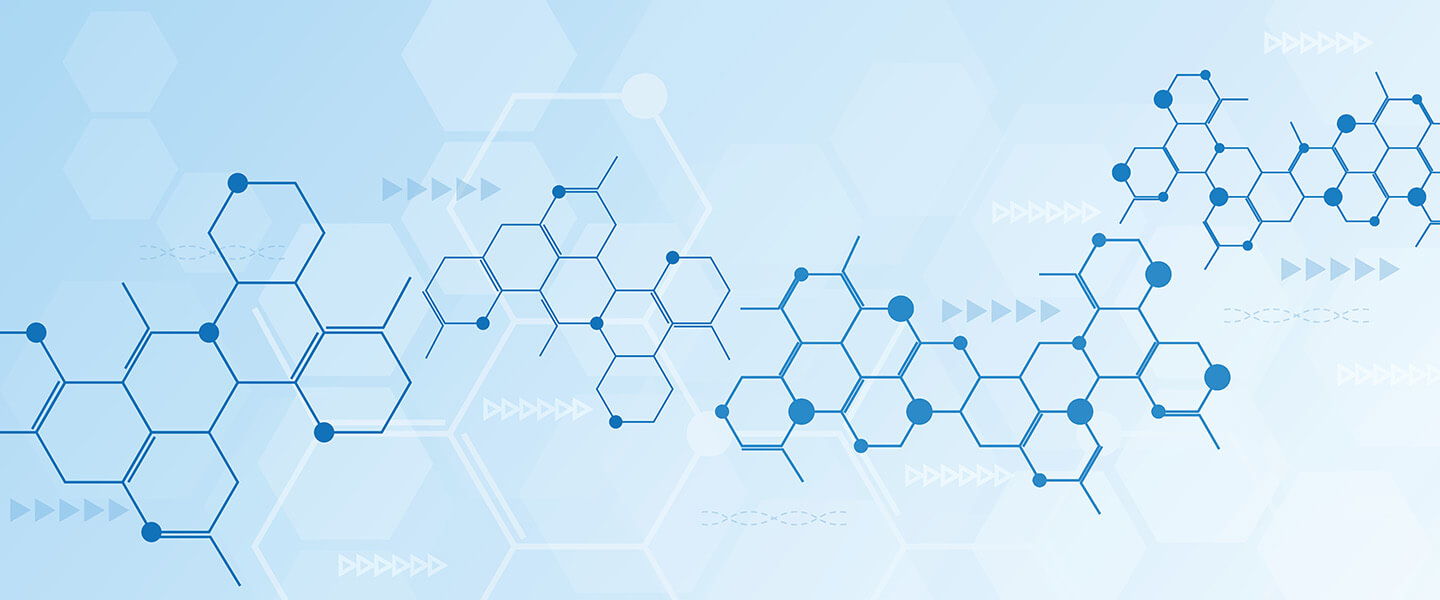Study Examines Potential Resilience to Substance Use Disorder Following Childhood Maltreatment
Study Examines Potential Resilience to Substance Use Disorder Following Childhood Maltreatment

Childhood maltreatment not only causes incalculable suffering and pain in those who are subjected to it; it is also thought to raise the risk for many near- and long-term adverse consequences, including risk of psychiatric disorders such as depression, anxiety, post-traumatic stress, and substance abuse.
In 2021 a team of researchers examining the link between childhood maltreatment and substance use disorder (SUD) found that the risk of developing an SUD in individuals with such a traumatic history was three times as great as in controls, even after controlling for familial factors that could skew the result.
In follow-up research, results of which were recently published in Molecular Psychiatry, the team sought to learn more about the mechanisms that help determine whether individuals who suffer childhood maltreatment are either susceptible or resilient to the damage such life experience can cause. The team was co-led by 2018 BBRF Young Investigator Leah M. Mayo, Ph.D., of the University of Calgary, Canada, whose grant helped to fund the study. Her co-lead investigator was Irene Perini, Ph.D., of Linköping University, Sweden.
The starting point for the investigation was evidence from past studies indicating an association between childhood maltreatment and deficits in emotional regulation, a process that is centrally involved in the management of stress. Stress, in turn, is a known trigger for relapse in SUD. Emotional regulation is complex, relying on the integration of several basic and high-order cognitive processes involving parts of the cortex and subcortical regions. It is believed that exposure to childhood maltreatment can disrupt typical neurobiological development, perhaps in concert with genetic factors. Also potentially pertinent are the particulars of the maltreatment history of specific individuals (the type of maltreatment suffered, the point in development at which it began, how long it endured).
With the hope of identifying mechanisms or biomarkers linked with resilience to childhood maltreatment, the team recruited 101 individuals, many of whom had suffered maltreatment in their youth and had been treated in a specialized Swedish county healthcare facility which had generated records of their case histories. Of the 101 subjects, 28 had maltreatment exposure and history of an SUD (about half had a current SUD diagnosis); 24 had exposure to maltreatment but no SUD history; 25 had an SUD history (40% current) but had not been exposed to maltreatment; 24 were matched controls without history of either maltreatment or an SUD. Those with a history of maltreatment had suffered various kinds of abuse, ranging from physical and sexual abuse to physical and emotional neglect. The abuse endured tended to be quite serious, reflected in the fact that these individuals had sought or been referred for specialized treatment.
In an initial lab session study participants gave blood samples and were asked to complete a series of behavioral tasks aimed at assessing stress response and emotional reactivity. In a second lab session, a series of MRI scans were made of the brain including three to record brain activity while various tasks were being performed. The tasks aimed at assessment of emotion regulation and the processing of negative affect.
Of particular interest to the team was the brain’s endocannabinoid system, a system of naturally occurring neurotransmitters that modulate brain circuitry integral to the regulation of emotions. Levels of two endocannabinoids in particular, called anandamide (AEA) and 2-AG, which are mediators of stress and emotion processing, were measured in all of the study participants, prior to their taking part in any of the laboratory tests as well as during the tests.
After analyzing the full dataset, the team reported that it “found consistent differences” between the subset of participants who had a history of childhood maltreatment but no substance use issues and those who served as controls (with neither abuse nor SUD history). The maltreatment-only group was found to have elevated levels of the endocannabinoid AEA both before the testing began and during tests exposing them to stress, compared to the controls. MRI scans revealed, in addition, that during tasks that called for emotional regulation, the maltreatment-only group had increased activity in regions of the brain that process salience and are involved in regulating emotion (again, compared with controls).
These “consistent differences,” the team said, “suggest a potential mechanism that may render these individuals (maltreatment-only) particularly resilient to SUD development following childhood maltreatment exposure.”
The team offered two ways of interpreting this result. One is that the group that had been maltreated in childhood but hadn’t developed an SUD may have naturally high AEA levels, which in turn may protect them. Another possibility is that exposure to maltreatment may have increased AEA levels in these individuals, in effect protecting them or rendering them resilient to developing pathology.
Due to its design, the study was unable to determine whether the apparently “resilient” participants had high AEA levels prior to their having experienced maltreatment—or, whether their AEA levels increased once maltreatment began. However, the findings do have potentially important clinical implications even without this information. Drugs that elevate AEA levels have been proposed as possible therapeutics for people exposed to trauma. Results of the present study, in the team’s view, “provide compelling support” for testing the idea of modulating the endocannabinoid system to treat such people. It’s possible, they said, that targeting the endocannabinoid system might even help to prevent pathology—for example, the onset of SUD in at-risk individuals.



